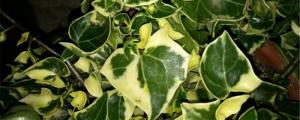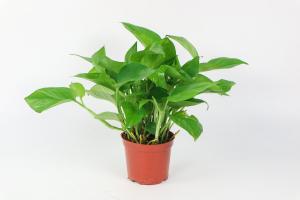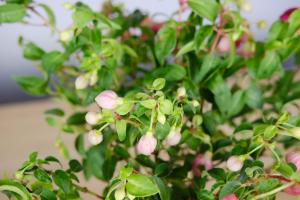Which Hazel Plant
Hazel, also known as witch hazel, is a type of shrub that is native to North America and parts of Asia. This versatile plant has been used for centuries for its medicinal properties, as well as for its beauty and decorative purposes. In this article, we will explore the various uses and benefits of the witch hazel plant.
Appearance and Characteristics
The witch hazel plant, or Hamamelis virginiana, is a deciduous shrub that can grow up to 6 meters tall. The leaves of the plant are oval-shaped and have wavy edges, and they turn yellow in the fall. The plant produces small, yellow or red flowers in the late fall or winter, depending on the climate. The flowers have a unique fragrance and are pollinated by bees and other insects. The plant's fruit is a hard capsule that splits open when mature, releasing its seeds.
Medical Uses
One of the most well-known uses for the witch hazel plant is its medicinal properties. The bark, leaves, and twigs of the plant are used to make an astringent solution that has been used for centuries to treat a variety of skin conditions, including insect bites, burns, and bruises. The solution is also used as a natural toner to reduce the appearance of pores and acne.
In addition to its topical uses, witch hazel can also be taken orally in the form of a tea or tincture. The tea is made by steeping the leaves and twigs of the plant in hot water, and it has been used to treat a variety of internal conditions, including diarrhea, hemorrhoids, and menstrual cramps.
Beauty and Decorative Uses
Witch hazel has long been used for its beauty and decorative purposes. The plant's flowers are often used in floral arrangements, and the shrub itself can be used as a decorative hedge or screen. Additionally, witch hazel is a popular ingredient in skincare products due to its astringent and anti-inflammatory properties. It is often used in toners, cleansers, and facial sprays.
Conservation Status
Despite its many uses and benefits, the witch hazel plant is not without its conservation concerns. The plant is listed as endangered in some areas due to the loss of its natural habitat caused by urbanization and deforestation. It is important for us to be mindful of the impact we have on the environment and to take measures to preserve this valuable plant for future generations.
Conclusion
In conclusion, the witch hazel plant is a versatile and valuable shrub with a long history of medicinal, beauty, and decorative uses. From its astringent solution to its beautiful flowers, this plant has much to offer. As we continue to explore and learn about the benefits of witch hazel, it is important to remember to protect and preserve this important part of our natural world.

 how many times do yo...
how many times do yo... how many planted tre...
how many planted tre... how many pine trees ...
how many pine trees ... how many pecan trees...
how many pecan trees... how many plants comp...
how many plants comp... how many plants can ...
how many plants can ... how many plants and ...
how many plants and ... how many pepper plan...
how many pepper plan...





























